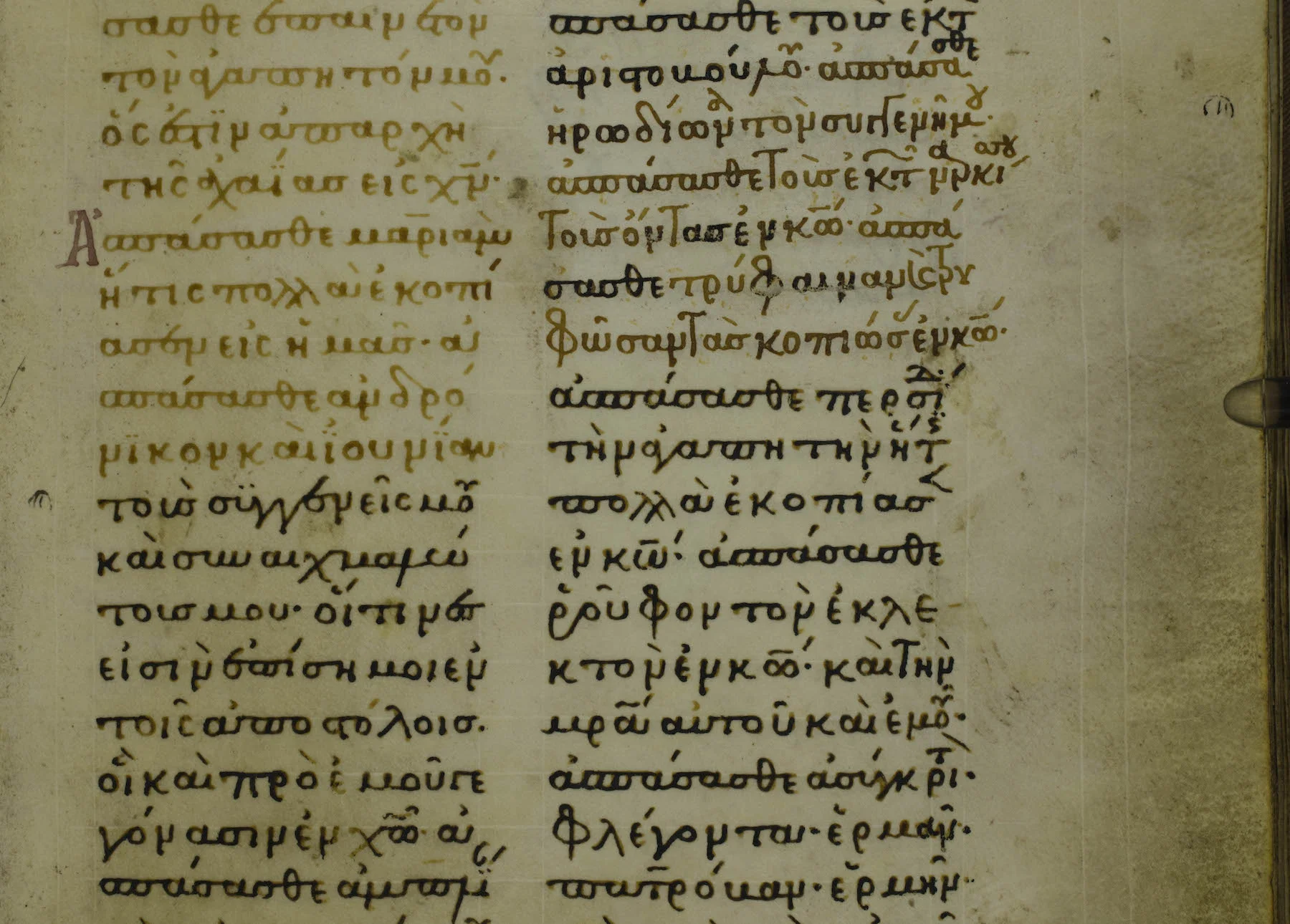A Moment on the Scriptures: Bible Translation Comparisons
By any conservative count, there are at least 50 different English translations of the Bible. One of the main questions for us, then, is: What do we do with all those options?
A Moment on the Scriptures: Who Wrote Romans?
The question of who actually wrote the Bible is one that comes up often, but rarely is it answered with the text of the Bible itself.
Spoiled for Choice
When it comes to having ready access to the Scriptures, Christians living today really do live in a unique time in the history of the church.
The Forum of Christian Leaders
I recently took part in an online class on the trustworthiness of the gospels, which was put on (in part) by the Forum of Christian Leaders (FOCL).

New Testament: The Living Text
Two Sides
There are some who earnestly believe that the New Testament has been reproduced perfectly in English, to the extent that there are absolutely no questions regarding the authenticity and accuracy of the text. In their eyes, the English version of the New Testament they hold in their hands is perfect in the sense that it cannot be improved upon.